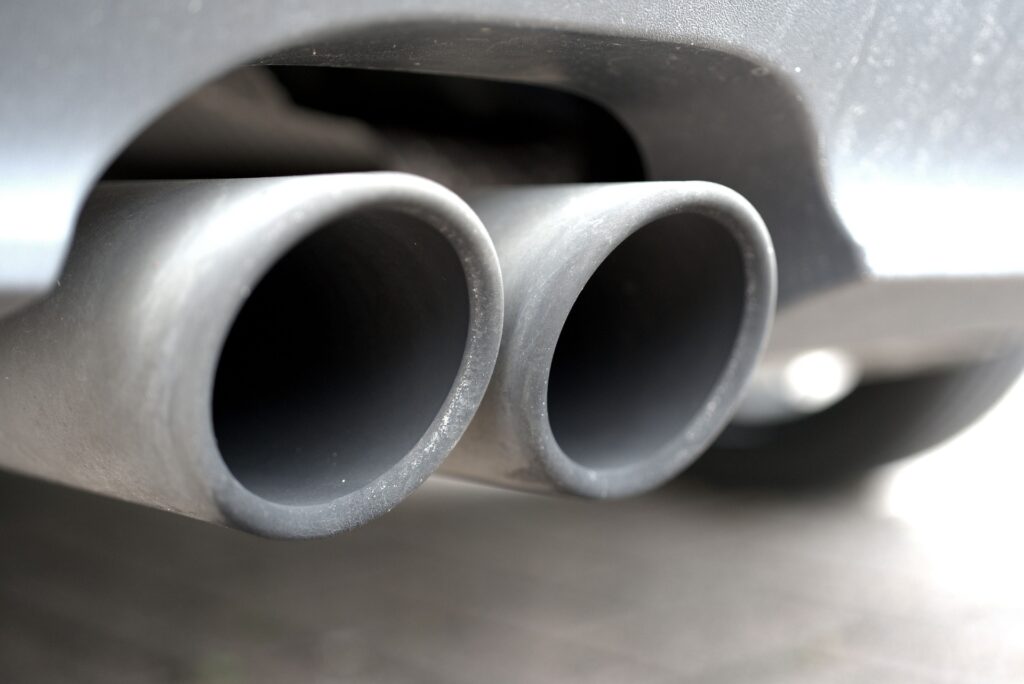With the rise of the electric vehicle, misconceptions have arrived, including the fear that non-tailpipe emissions are greater than petrol and diesel cars.
Harmful emissions directly released from the tailpipes of diesel and petrol cars have created countless air quality issues across Europe, including the death of, at least, tens of thousands of premature deaths each year.
The increase in sales of zero emissions electric cars has surged over the past three years across Europe. In Britain, with the announcement of the ban on the sale of new petrol and diesel cars from 2030, has placed the end of internal combustion engines in sight.
However, with the increase in popularity of electric vehicles, misconceptions have arose, such as the claim that electric cars produce more non-tailpipe emissions. Here is everything you need to know about electric cars.
Electric cars reduce pollution from brakes.
Petrol and diesel cars usually use disc brakes to slow the car down, emitting particle pollution. However, electric cars are able to use the electric motor for braking, eliminating the needs to use the brakes. Therefore, particle emissions are reduced.
This process is called regenerative braking, because it restores braking energy back to the car’s battery where it can be used to power the car.
Currently, there is little data to reinforce particle emission is saved from using regenerative braking. Nevertheless, this technology is expected to make a large reduction in particles. Electric cars seek to use regenerative braking as much as possible to increase the electric range of the car.
Electric vehicles produce less trye pollution than internal combustion engines.
The misconception that electric vehicles are heavier and therefore emit higher levels of particulate matter, is unfounded as there is yet to be a comprehensive study on particle emissions from tyres on cars.
Moreover, electric cars are usually fitted with tyres that have stronger constructions, optimal grip, and a smoother surface in order to adapt to the higher weight and instant torque of an EV, as well as reduce emissions.
Battery electric cars reduce particulate matter pollution.
Many comparisons between electric and internal combustion cars focus only on ‘primary’ particle mass (PM) emissions, which are directly emitted from the exhaust, tyres, and brakes.
‘Secondary’ particulate pollution is often overlooked. This is caused primarily by petrol and diesel cars, whereby particles are not directly emitted from the tailpipe, but form in the air in presence of other pollutants, such as nitrogen oxides, hydrocarbons, and ammonia. The type of particle pollution also contributes to creating PM2.5 and PM10 and worsening air quality.
A recent study by the Organisation for Economic Co-operation and Development found that electric cars and SUVs contribute to less PM2.5 and PM10 than diesel or petrol cars.
Information sources from Transport & Environment




